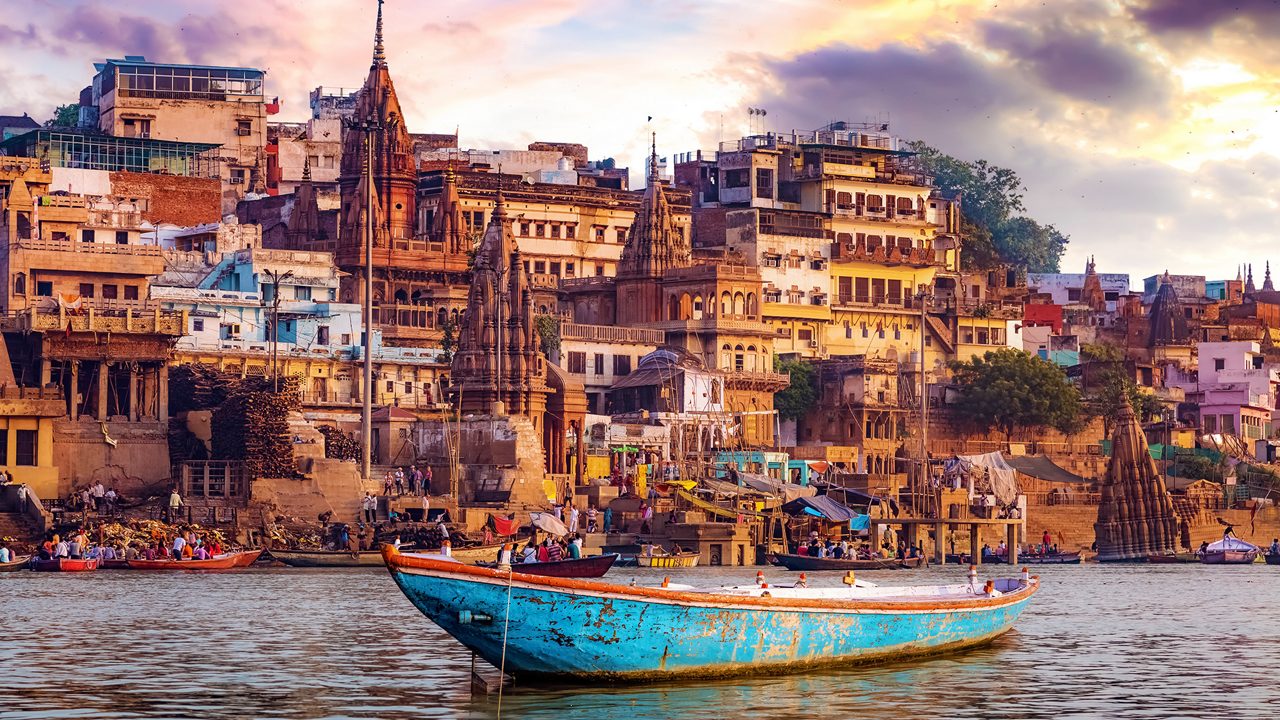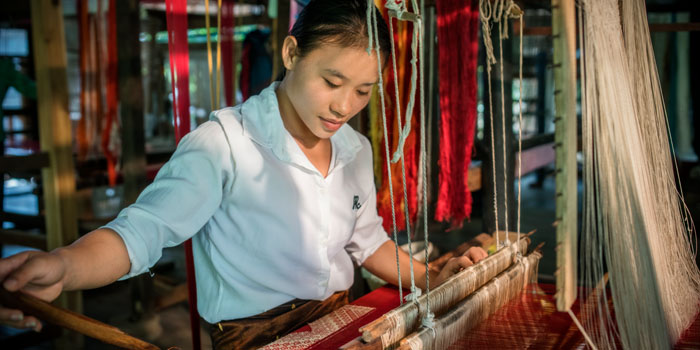Varanasi, often called the spiritual heart of India, is not only one of the world’s oldest continuously inhabited cities but also a living museum of cultural heritage. Nestled along the banks of the Ganges River, this ancient city is more than a pilgrimage destination—it’s a testament to thousands of years of religious, architectural, and artistic continuity. Scholars and cultural preservationists regard Varanasi as a rare example where heritage isn’t locked in monuments, but practiced daily in rituals, music, and crafts passed down across generations.
Cultural anthropologists emphasize that the strength of Varanasi’s heritage lies in its living traditions. The sacred ghats (stone steps leading to the river), centuries-old temples, and artisanal silk weaving are still active parts of everyday life. Despite urbanization, local communities, supported by conservation NGOs, continue to preserve these practices—balancing tourism with authenticity. Notably, UNESCO and the Indian government have collaborated to maintain the integrity of its spiritual sites while training locals in sustainable heritage tourism.
For heritage travelers, Varanasi offers an immersive experience unlike any other. Watching a sunrise over the Ganges, attending an evening Ganga Aarti ceremony, or walking through its labyrinthine alleys isn’t just sightseeing—it’s stepping into a living cultural continuum. In a world where many traditions are fading, Varanasi stands as a luminous example of heritage sustained through devotion and community.




